Category: Instructional Methods
- Home
- /
- Shop
- /
- Miscellaneous
- /
- Classroom Management
- /
- Teacher
- /
- Instructional Methods
Showing all 5 resultsSorted by latest
-
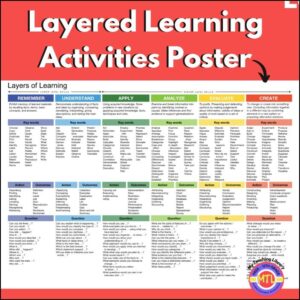 $2.00Buy Now
$2.00Buy NowLayered learning is vital for student retention of information and full comprehension of knowledge. This activities poster has been designed to help you create the very best learning experience for your students. Download, print and keep handy when preparing all of your lesson plans.
-
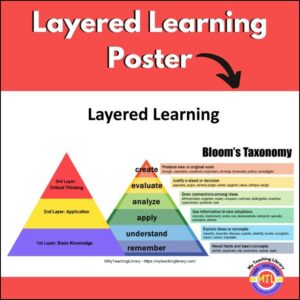 $2.00Buy Now
$2.00Buy NowLayered learning is vital for student retention of information and full comprehension of knowledge. This poster has been designed to help you create the very best learning experience for your students. Download, print and keep handy when preparing all of your lesson plans.
-
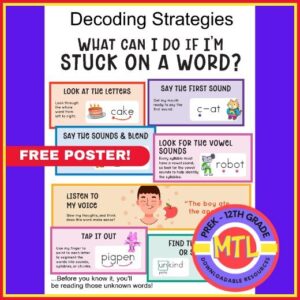 FREEBuy Now
FREEBuy NowHere is a free printable poster which includes a variety of decoding strategies all in one place to aid students struggling to decode new words!
-
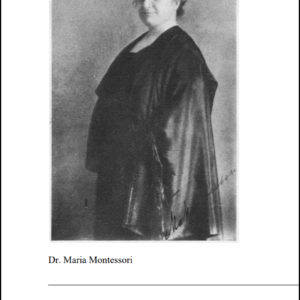 $2.50Buy Now
$2.50Buy NowMaria Montessori educational methods: She adapted the traditional teacher-taught subjects in the arts and science so that the children could use materials to guide their open-ended research and to follow their individual interests, working to a much higher level than was previously (and is presently!) thought possible for children of this age. The elementary child, when allowed to work independently instead of being taught in groups led by a teacher, and in classes with a mixed age group of 6-12- year-old students inspiring and teaching each other, masters academic subjects usually not taught until middle or high school.
She believed that each child is born with a unique potential to be revealed, rather than as a “blank slate” waiting to be written upon. Her main contributions to the work of those of us raising and educating children are in these areas:
-
Preparing the most natural and life-supporting environments for the child
-
Observing the child living freely in this environment
-
Continually adapting the environment in order that the chid may fulfill his or her greatest potential, physically, mentally, emotionally, and spiritually.
-
-
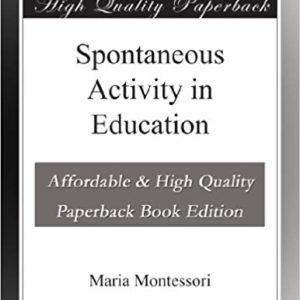 $2.50Buy Now
$2.50Buy NowMaria Montessori educational methods: She adapted the traditional teacher-taught subjects in the arts and science so that the children could use materials to guide their open-ended research and to follow their individual interests, working to a much higher level than was previously (and is presently!) thought possible for children of this age. The elementary child, when allowed to work independently instead of being taught in groups led by a teacher, and in classes with a mixed age group of 6-12- year-old students inspiring and teaching each other, masters academic subjects usually not taught until middle or high school.
She believed that each child is born with a unique potential to be revealed, rather than as a “blank slate” waiting to be written upon. Her main contributions to the work of those of us raising and educating children are in these areas:
-
Preparing the most natural and life-supporting environments for the child
-
Observing the child living freely in this environment
-
Continually adapting the environment in order that the chid may fulfill his or her greatest potential, physically, mentally, emotionally, and spiritually.
-

